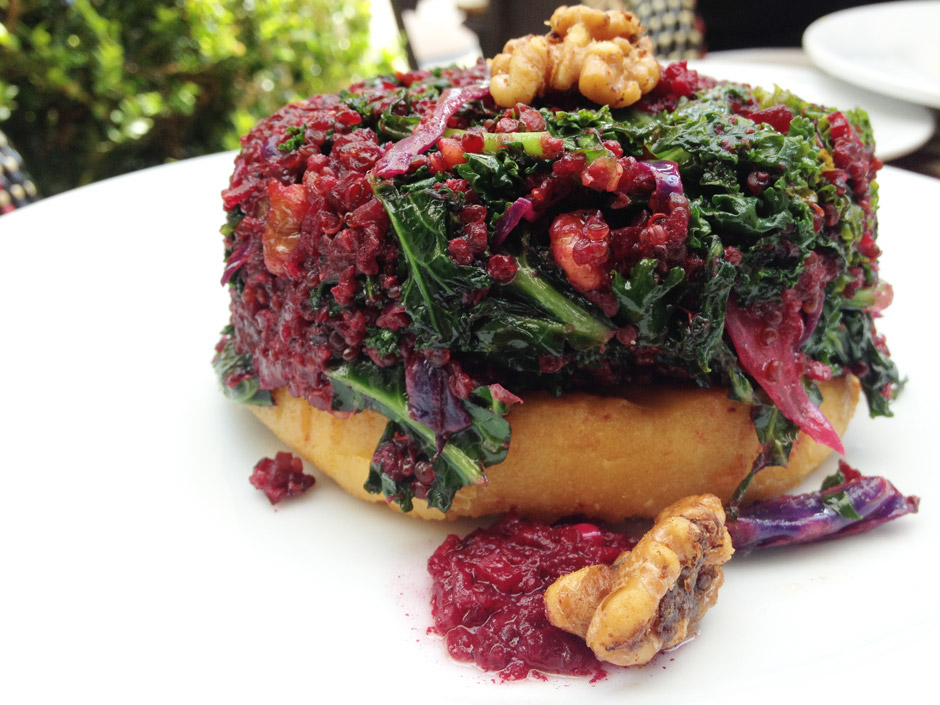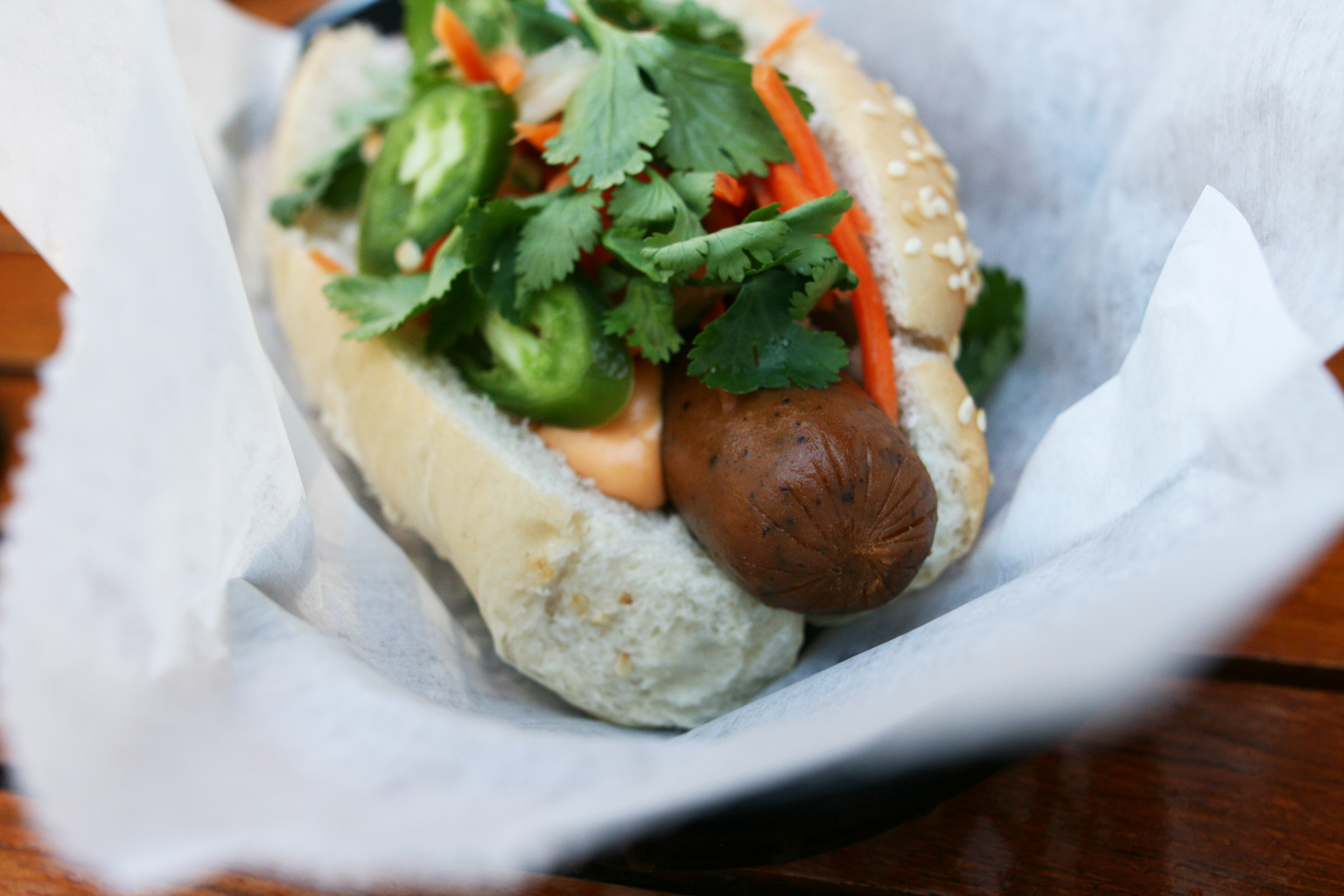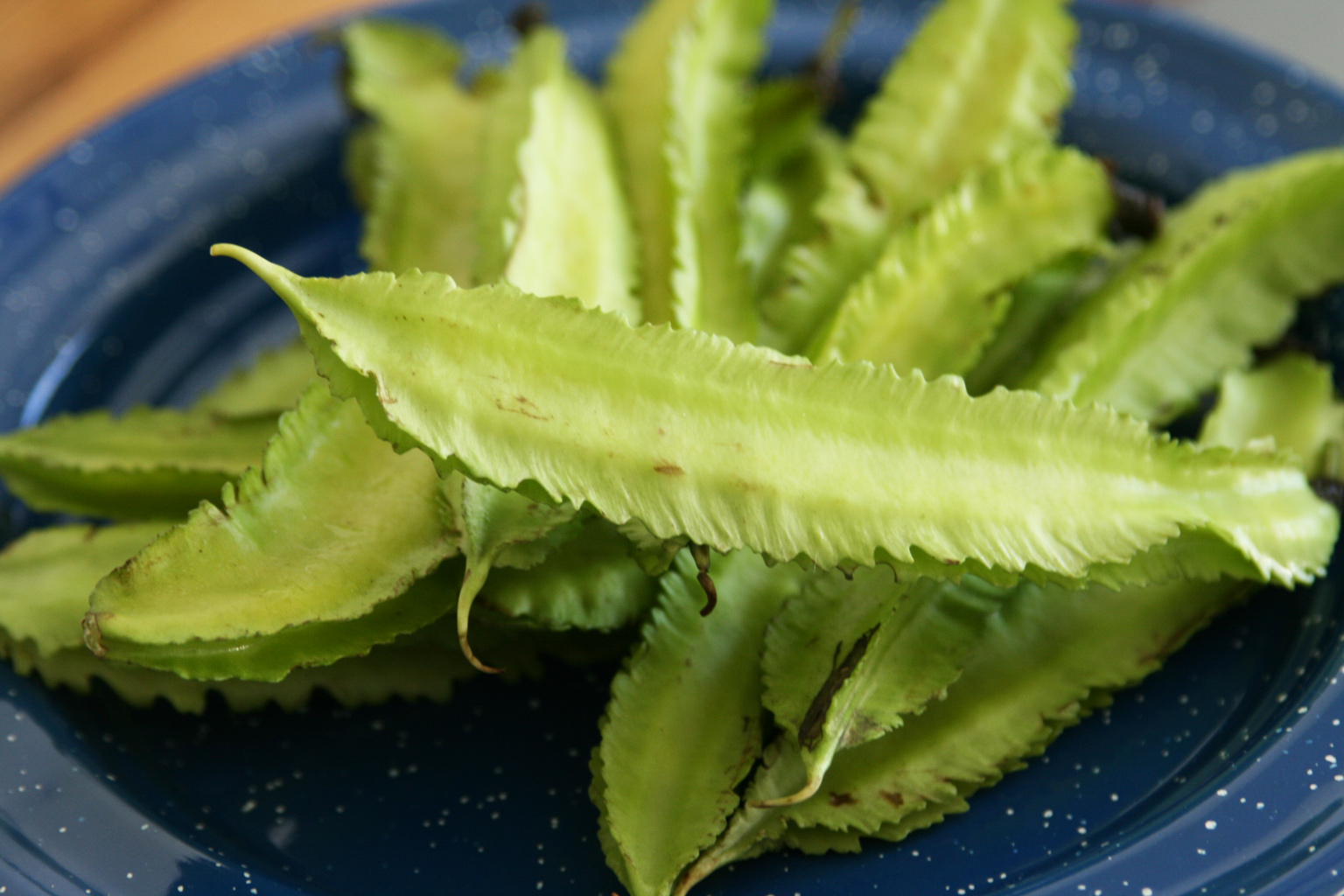April 5, 2012
Apologies, dear readers, for leaving you high and dry for weeks on end. I started reading The Hunger Games and could not be bothered to do anything else. I knew you’d understand. But The Preen is back and focusing on a magical concoction known as kombucha.
Here’s a little quiz for you. Kombucha is:
A. A fermented tea beverage that is often consumed for its health benefits, which includes detoxifying the body and boosting the immune system.
B. A fizzy, slightly sweet, slightly vinegary beverage that looks kinda gnarly and costs around $4 a bottle at the health food store.
C. A way to sneak a little booze into your morning and still be totally healthy.
You are correct! It IS all of the above. While kombucha has not been evaluated and approved by the FDA, many kombucha fans believe that the fermented tea has improved their digestion, increased their energy levels, strengthened their immune system and improved the appearance of their skin, hair and nails. Normally, kombucha contains less than .5% alcohol, which classifies it as a non-alcoholic beverage. Of course, that depends on the brewing and fermentation process. The longer it ferments, the more alcoholic it can become. While I love me some alcohol, I’m not always ready to be buzzed for a morning work meeting, so I definitely like to air on the side of non-alcoholic. Man, I’m so lame.
But I’m not here to sell you on the magical benefits on kombucha. Quite honestly, I just did a google search on them myself. I AM here to tell you how to brew it. Because it’s a fun science project! And who doesn’t love a fun science project?
We’ve been kombucha fans for years now – our favorite brands being Kombucha Brooklynand GT’s. But last Fall we scored a SCOBY from a friend and decided to embark on the adventure of kombucha brewing. What is a SCOBY you ask? Well, a SCOBY is a Symbiotic Colony of Bacteria and Yeast and it is the starter for your batch of kombucha. You can buy a SCOBY from online sources, including Kombucha Brooklyn OR you can find a regular kombucha-brewing friend looking to unload an extra SCOBY. Now that we have a new SCOBY to give away every 4 weeks, we decided to put together a little instructional sheet to help our friends become kombucha brew masters. Follow the instructions below or download this handy PDF.
WHAT YOU NEED TO BREW:
12 cups of filtered or distilled water
1 cup organic cane sugar
6 unflavored tea bags (black, white or green). We use 2 of each, but you can mix as you see fit.
A large pot
A gallon-sized glass jar
Several layers of cheesecloth and a rubber band that will cover the mouth of the jar
Your SCOBY and at least 1/2 cup of leftover kombucha from your last batch
Wooden spoon
Thermometer (optional)
Glass bottles/jars/growlers with a secure lid. (Hint: you can reuse your empty store-bought kombucha bottles)
Juices, dried fruits, and herbs, etc. We’ve mainly used juices, including pomegranate, black currant, black cherry, blood orange, and prune/plum, but lemons, ginger, raisins also work — anything goes!
Step 1: BREWING
Make sure your brewing area, pot, jar, and utensils are clean and free of soap residue. Bring 4 cups (1/4 gallon) of water to a boil. Steep all 6 tea bags in the hot water for 20 minutes. Do not do this in the fermentation jar. Remove the tea bags and stir in the cup of sugar until dissolved. Add 8 cups (1/2 gallon) of water and then pour the solution into your fermentation jar. Wait for the solution to cool (below 95º) before moving onto the next step. You can use a thermometer or gauge it by placing your hands on the outside of the jar. The solution should be warm, but not hotter than your body temperature.
STEP 2: fermenting
Once the solution has cooled, you want to gently add the SCOBY and the 1/2 cup of kombucha. Place the cheesecloth over the mouth of the jar and secure it with a rubber band. You want the solution to be able to breathe, but you want enough layers of cloth so that fruit flies can’t get in. Place the fermentation jar in a warm place, away from direct sunlight. We place ours in a hall closet, but you can place it on top of the fridge.
After 7-14 days, you’ll notice a new SCOBY growing on the surface. The kombucha will be ready in 14-28 days. You want the new SCOBY to be at least 1/8” thick before moving onto the next step. The longer you leave the kombucha brewing, the more sour it gets.
STEP 3: BOTTLING AND FLAVORING
When you are ready to bottle the kombucha, you will have 2 SCOBYs in your fermentation jar. You will want to save both (along with a 1/2 cup of liquid) for the next batch of kombucha. Set that aside.
Pour the kombucha liquid into your bottles and add your flavors. We’ve found that 1/3 cup of juice to 1 cup kombucha has worked well, but you should experiment with the ratios. Seal the bottles and allow them to ferment for 3-7 days at room temperature. Then place the bottles in the fridge and enjoy!
step 4: brewing the next batch
Start brewing your next batch when you are finished bottling and flavoring the previous batch. You’ll start at step 1 again, but instead of adding 1 SCOBY, you’ll add 2. This makes for an ideal batch of kombucha. Please note, though, that going forward you only want to add 2 SCOBYs to your kombucha. As you guessed, you’ll end up with 3 SCOBYs when you are finished with the fermentation process. Now is the time to share with a friend! Save the oldest SCOBY (the bottom layer) along with a 1/2 cup of your brew and pass it on to someone interested in brewing.
Clearly, grabbing a bottle from the grocery shelf or enjoying a glass on tap at your local Brooklyn bar is the easiest way to enjoy kombucha. But you know what’s fun? Makin’ stuff. And the best part of brewing your own kombucha is being able to experiment with the flavors. Adding fruit juices and double fermenting the batches gives the best flavors with a light carbonation. And while the whole process seems a little intimidating at first, you easily get that hang out the brewing process. We’d love to hear how your kombucha brewing goes and what flavors you try.
May the kombucha be ever in your favor.







